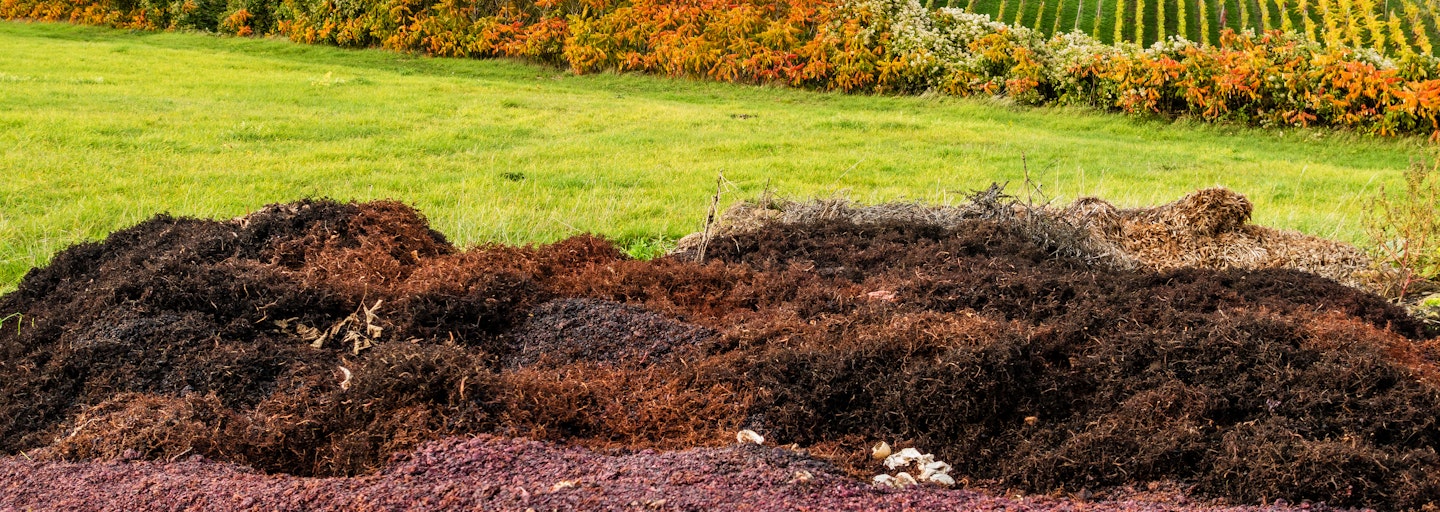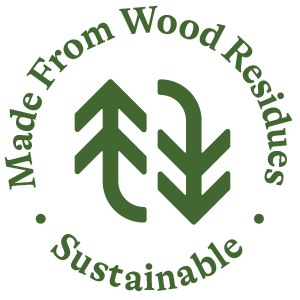Repurpose your grape marc to increase soil health
A sustainability challenge or an opportunity? Here is a way in which you can repurpose your grape marc to benefit your vineyard’s soils.
The perception of grape marc within Viticulture
It’s well known in the viticulture industry that grape marc is not only a nuisance, but it can have a negative impact on the environment if not disposed of quickly and correctly.
Grape marc can be used for cattle feed, fuel, hand sanitiser, grape seed oil, or even to make grappa. But the challenges that come with these solutions are the ability to cope with a raw material that arrives all at once, the transportation requirements, and the money & time to set up a facility big enough to cope. A logistical nightmare.
At Azwood we believe in being resourceful and making the most of what we have been given, so we would like to share a way in which you can repurpose your grape marc to benefit your vineyard’s soils.
We recommend in addition to your annual under-vine compost spreading, to blend your grape marc with our composted blending media to reduce the acidity of the grape marc and increase organic matter over your whole vineyard as a soil supplement.
Caleb Hughes
Sales Manager
Azwood
Return your grape marc to the land
As caretakers of our land, it is our job to replenish the soil to build up organic matter and be sure there are enough nutrients to aid in the growth of vines.
Repurposing your grape marc to blend with one of Azwood’s base media, means you can significantly cut down the environmentally hazardous properties of the grape marc and can feed it back to the vines as a compost which will increase the organic matter of the whole surface area and replenish the soil.
- 01
Increase microbial activity
- 02
Increase organic carbon
- 03
Improve water retention
- 04
Increase in the overall health of your soil
Nautilus Estate have utilised viticulture fines from Azwood as a carbon source in their grape marc compost for three seasons. "The reliable supply of a uniform aged bark fine product has been very helpful in the resulting compost quality with more rapid integration and homogenising with undervine soil."
Mike Colins
Viticulturist
Nautilus Estate
Blending options
Have more questions about repurposing your grape marc?
Now is the perfect time to consider repurposing your grape marc. So if you have any thoughts or questions on the use of grape marc and how it can be resourced at your vineyard, send through your details and we’ll be in touch.
Get in touchRelated articles

Follow us
More from Azwood
Connect with us on social media to learn more and be the first to hear our latest industry updates



